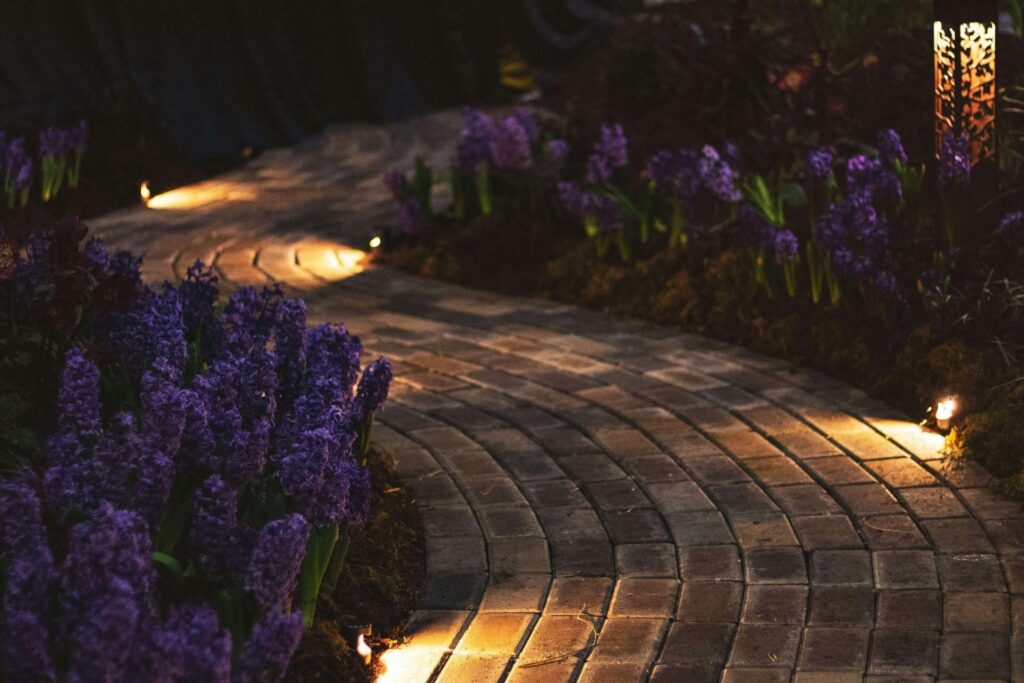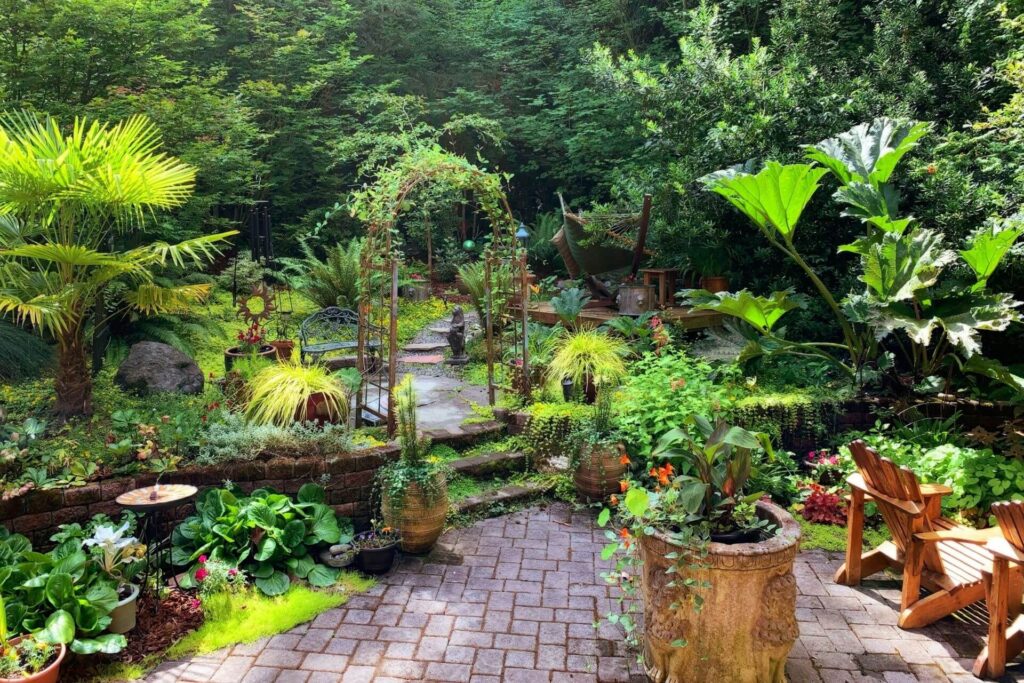A small garden can be challenging to navigate, from determining the perfect layout to adding unique features without overwhelming the aesthetic. Surprisingly, these tight spaces can also make maintenance and care more difficult. Incorporating better flow can transform a tiny outdoor space into a stylish, functional oasis. Here are the best materials and garden pathway ideas for maximum design and organization.
Choosing the Right Materials for Small Garden Walkways
If you’re going to invest in a garden path, you’ll want to use durable materials, such as pavers, gravel, flagstone, wooden planks, poured cement and bricks. These items fit various budgets and will help you bring your design to life.
Of course, some materials may be better than others, especially for places with harsh seasonal weather conditions. For instance, while bricks and pavers are a more expensive option, they last 25-40 years with heavy foot traffic and only need an occasional power wash to return them to their former glory. They’re also easy to replace if one cracks or breaks apart.
Conversely, concrete delivers a clean finish but may present a safety hazard in snow and ice. If you go with this option, ensure you have ice melt handy. A product with anti-cracking agents and at least 10% calcium chloride will melt ice without damaging the slab or posing a risk to pets and plants.
Some people opt for sustainable options, including reclaimed materials or dirt, grass and mulch. Of course, these eco-friendly, natural alternatives aren’t always ideal for walking barefoot as they could create muddy patches in wet climates. Dirt and mulch may also need replenishing each year due to erosion.
6 Garden Pathway Ideas for Small Outdoor Spaces
The best garden pathway ideas for small spaces make the most of the available area. It’s important to take stock of narrow channels, uneven terrain and where opportunities exist for unique vertical elements, color, lighting and outdoor decor. Here are six garden walkways you might want to construct.
1. Cottage-Inspired Paths

Natural stepping stones like flagstone and fieldstone are perfect for cottage-inspired garden path designs. Turn a small outdoor space into a cozy, charming atmosphere with rustic elements, including metal planters, weathered wood benches, trellises, and vintage watering cans.
Ultimately, you want this type of pathway to feel like you’re journeying through the English countryside.
2. Straight Paths
A straight path is one of the most structured yet practical garden walkway ideas for tiny backyards. When there’s limited space, a straight channel creates order and visual depth within the landscape, making the area seem more expansive than it is.
This functional garden path also fits several design aesthetics, such as minimalist style, with its straightforward and orderly appearance. It also works with a more modern or contemporary outdoor design due to its geometric lines.
3. Edging Paths
Bringing pavers right to the edge of the flower beds creates functional and stylish pathways for limited garden areas. Additionally, it prevents dirt and greenery from spilling over into the walkway and ensures a neat appearance.
Likewise, narrow garden pathways produce a broader trail that is easier to walk through without sacrificing growing space. Most importantly, edging paths deliver a seamless transition between landscaping and hardscaping.
4. Illuminated Walkways

Garden path lighting illuminates the walkway and creates an enchanted ambience throughout a small yard. Depending on your tastes, you can purchase lights in different heights and colors. Light-emitting diode bulbs and solar-powered outdoor lighting, especially, are energy-efficient options for a more sustainable landscape.
Using spotlights is another way to highlight trees and structural elements, giving the small space dimension during evening hours. A well-lit path also makes the outdoor area safer.
Just be sure you live somewhere with adequate sunlight conditions so the solar lighting system works properly. Outdoor solar lights will operate fewer hours each night than advertised if they don’t receive the recommended sun exposure during the day.
5. Contrasting Materials
Among the most creative garden paths you might consider are contrasting materials — this can also add more interest to a limited landscape. Lay down a row of stepping stones, then fill the surrounding walkway with gravel.
You can do this in a straight channel or a tight curve, depending on the space and how contemporary you want the design to be. Likewise, look for paving materials with a lower carbon footprint to maintain a more sustainable outdoor area. Reclaimed or ethically sourced paving slabs are best.
6. Tiered Pathways

A tiered pathway in a small outdoor area is a unique architectural design that can be constructed if the garden is on a slope. It entails creating levels or steps to increase the growing area you have to work with and deliver an intriguing appearance. It’s also a great way to showcase different plants and materials at every tier.
Plant full-sun flowers and shrubs on higher levels and shade-loving or indirect-sun plants on the bottom. Likewise, you can better control erosion with tiers that end abruptly instead of steeper slopes.
Maximize Small Garden Spaces With Creative Pathways
There are endless garden pathway ideas you can use to revamp a small outdoor space. Enjoy having a beautiful backyard escape, regardless of size. When well-planned and executed correctly, striking walkway materials can enhance whatever style you’re after.

Leave a Reply